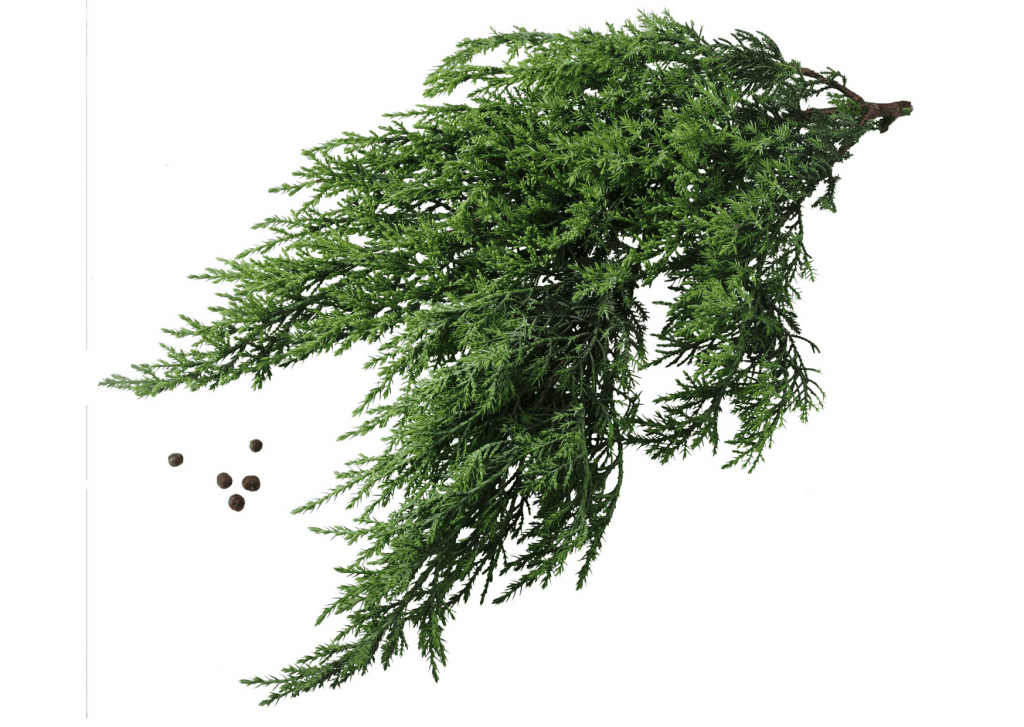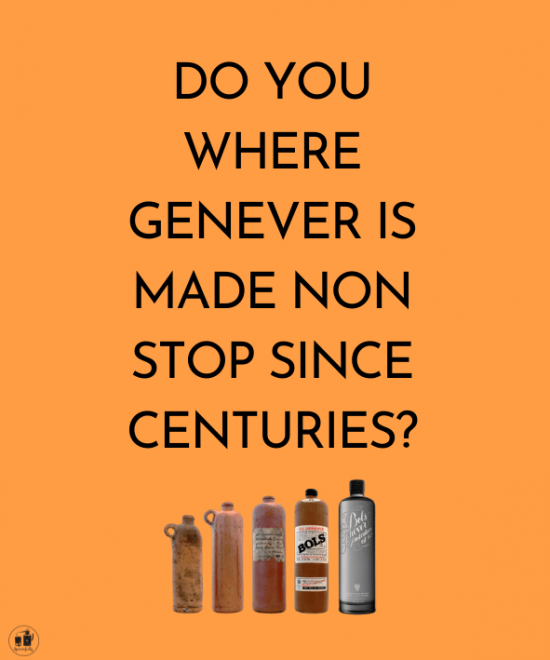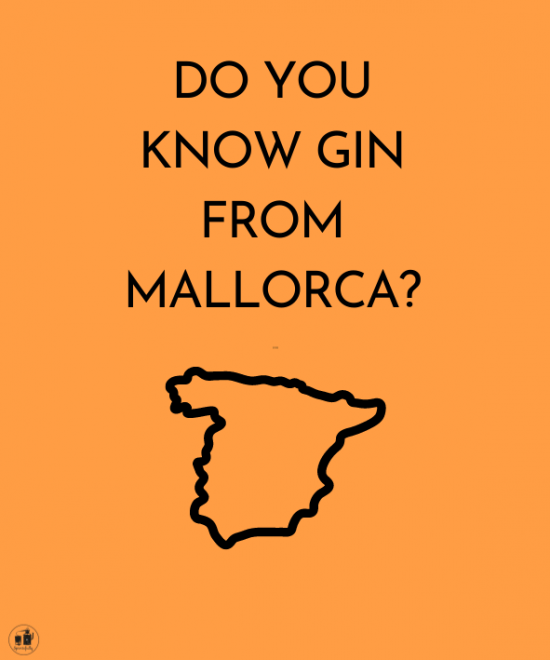I got into an interesting discussion on instagram a few weeks ago with Philip Duff, (spirits expert for Liquid Solutions Consulting and Chief Genever Officer for@oldduffgenever) over Korenwijn. And I still thinking about it, having difficulties to find reliable details, specially as per what the regulation allows in EU. Hence that article….
So far, the most detailed answer on juniper based spirits which are not gin, comes from Simon Difford. Here is it, not as a copy paste but as a tribute as it is a great source of information for Spiritsfully. And it should be for you too!
HERE is the link to the original text. Below, the title are mine.
….

Genever, also known as jenever, jeneva, geneva and hollands, is a juniper-flavoured spirit from Holland and Belgium. Like gin, juniper is an obligatory ingredient for genever but in general, genevers contain less juniper than gin.
Genever is a very distinctive style of juniper spirit and is the forerunner to the London dry gin style which dominates today. Unlike most gins, genever it is a blend of two very different spirits – botanical-infused neutral spirit and malt-wine, a kind of unaged whisk(e)y. Genever retains more of the flavour of its base ingredients – rye, malted barley and maize – than most common gin styles, which are based on neutral spirit alone. Indeed, genever can be described as a cross between a whisk(e)y and gin.
In its homeland, the low countries of Europe, genever is often sold with fruit flavouring, such as orange or lemon.
SPELLING OF GENEVER
Confusingly, there are numerous words and alternative spellings for genever, including: jenever, jeneva, geneva and hollands. Helpfully, the van Dale Dictionary (the Dutch equivalent to the Oxford English Dictionary) lists the first known published use of the word ‘genever’ (spelt with a ‘g’) in 1672. And since Bols started promoting its genever to export markets in 2008, other producers have chosen to move from jenever with a ‘j’ to genever with a ‘g’ – certainly for export markets, to the extent that genever is now the prevalent spelling.
The word jenever comes from Junipérus Communis, the Latin name for juniper berries. The other spellings stem from the French word for juniper being ‘genièvre’ while the Dutch word is ‘jineverbes’. Hollands is an English/American term for genever.
MAKING OF GENEVER
As stated above, genever is a blend of two different spirits. The first spirit, moutwijn (malt-wine), is what gives genever its distinctive flavour. This is a kind of unaged whisk(e)y (40-80% alc./vol.) made by triple and sometimes quadruple pot-distilling a mixture of cereals, typically rye, corn and wheat with malted barley less commonly used. After the final distillation, the malt-wine leaves the pot still at around 47% alc./vol.: a relatively low distillation strength which yields a spirit that retains more of the malty flavours of its base ingredients. The first distillation is called ‘ruwnat’, the second ‘enkelnat’, the third ‘bestnat’ (actually malt wine) and the optional fourth distillation ‘korenijn’.
The second ingredient that comprises genever is produced in a very similar way to most London dry gins. Neutral spirit (basically very high strength vodka) made from either grain (often wheat) or sugar beet is redistilled with a recipe of botanical flavourings. Juniper berries are the key botanical in genever, although quantities vary tremendously between distillers with juniper sometimes the only botanical. Other botanicals, as many as ten, are usually added, particularly in the Netherlands where more botanicals tend to be used – most typically coriander, angelica, caraway, orris and liquorice. These botanicals can be distilled with neutral alcohol or with malt wine.
These botanicals are also commonly found in gin but genevers tend to have a flavour profile that’s very different from most London dry gins, although genever is essentially a gin. Like gin, genever must contain juniper, but unlike gin juniper does not have to be the predominant flavour, or indeed even noticeable in the finished genever. One other striking difference between the botanicals used in gin versus genever is the lack of citrus fruit in genever.
Like so called “bath tub” gin, some producers of poor quality genever also use add juniper flavour or oil, without distilling or macerating it.
Finally, the two spirits are blended together. The percentage of malt wine used varies according to the style of genever being made: see below. Originally and until the end of the 1800s, genever was malt wine. The addition of the flavoured spirit to ‘stretch’ the malt-wine only came about after the invention of the continuous still led to the production of quality, clean neutral spirits.
If genever is to benefit from aging in oak casks, then the malt wine and flavoured natural spirits may be aged separately and blended prior to bottling.
THE GENEVER STYLES
There are three basic styles of genever – jonge (young), oude (old) and korenwijn (grain wine). They differ in their use of botanicals and the percentage of malt-wine contained. Originally, all genevers were based on malt wine made in a pot still, but with the invention of the column still (which makes neutral alcohol) so genever started changing. Today, the alcohol base is an important factor in defining the category of genever.
Genevers must be a minimum of 30% alc./vol. but if labelled as ‘jonge’ or ‘oude’, then a minimum 35% alc./vol. is required.
Graanjenever/ grain genever
The term graanjenever distinguishes the type of base alcohol used. Genever can only be labelled graanjenever if the alcohol is 100% from grain – either pure grain alcohol and/or malt wine. Jonge and oude jenevers can be graanjenever.
Jonge genever
So named because it is a modern/young style, jonge genever is a clear spirit without colour whih was first developed in the 1950s in response to the rise of vodka and consumer demand for a lighter flavoured, more mixable genever. Jonge genevers contain a lower percentage of malt-wine than either oude or korenwijn styles, typically only about 5%. Some presently have no malt-wine but there’s an agreement to make a minimum of 1.5% malt-wine an obligatory ingredient in all genevers. Jonge genevers generally have fewer botanicals as well: in some brands, the juniper is barely detectable.
Jonge genever must:
• Contain no more than 15% malt wine.
• Be at least 35% alcohol by volume.
• Contain a maximum of 10 grams of sugar per litre.
• If the label states ‘graangenever’ or ‘grain jenever’ then the neutral spirits used must be 100% grain based.
Brands include:
• Rutte Jonge Graanjenever
• Bols Jonge Graanjenever
• Bokma Jonge Graanjenever
• Hartevelt Jonge Jenever
• Ketel 1 Jonge Jenever
Oude genevers
Despite the name, oude genevers do not have to be aged but they tend to be golden with caramel colouring permitted. They are so called oude due to their being older, more traditional in style, as opposed to jonge genevers, which are modern. (Comparable to an old tom gin referring to an old style of gin.) Oude genevers usually have more botanicals than jonge genevers. Proportions and recipes vary from one brand to another, and different brands have very different characters, but aromatic botanicals like aloe and myrrh are often used to flavour oude genevers.
Oude genevers must:
• Contain at least 15% malt-wine.
• Be at least 35% alcohol by volume.
• Contain a maximum of 20 grams of sugar per litre.
• If the label states ‘graangenever’ or ‘grain jenever’ then the neutral spirits used must be 100% grain based.
• Oude genever do not have to be aged but if a label mentions aging, then the genever must have been aged for at least one year in a barrel of 700 litres or less.
Brands include:
• Rutte Oude Graan Jenever
• Rutte Old Simon
• Bols Genever
• Bokma Oude Friesche Genever
• Blankenheym Oude Graanjenever
Gerijpt (aged) genevers
Most distillers have a range of different types of genevers which include several aged genevers. Aged genevers are aged oude genevers. Jonge genevers are not aged.
Moutwijn (malt wine) genevers
Although not an official category, malt wine genevers contain up to 100% malt wine and are the most authentic style of genever, as all genevers were originally 100% malt wine. Not all moutwijns are 100% malt wine and the use of high percentages of malt wine leaves less room for the botanicals.
Brands include:
• Rutte Paradyswyn
• Notaris Schiedamsche Moutwijnjenever
• Museum, Old Schiedam
• Filliers Oude Graanjenever 5 jaar / 8 jaar
Korenwyn (grain wine)
Korenwijn (which Bols spell ‘corenwyn’) often gets confused with genever, as it’s also grain spirit from the Netherlands. However, it’s not officially a genever nor recognised by the AOC. Korenwijn doesn’t have to contain juniper or indeed any botanicals but they sometimes do. Korenwijn is often aged but it doesn’t have to be.
Korenwijns must:
• Have an alcohol base comprising at least 51% malt-wine
• Be at least 38% alc./vol.
• Contain a maximum of 20 grams of sugar per litre
• Korenwijn does not have to be aged, but like Oude genever, if it is it must be aged for at least one year in a barrel of 700 litres or less
Brands include:
• Bols Corenwyn
• Rutte Koornwyn
• Rutte Koornwyn XO
• Wenneker Korenwijn




